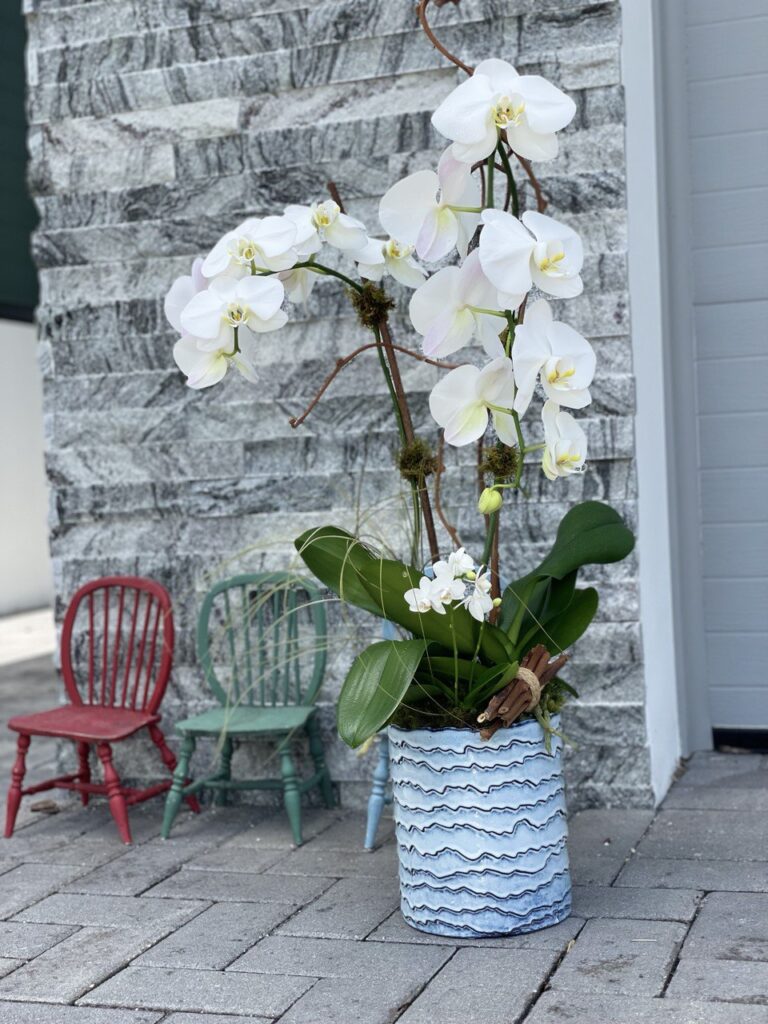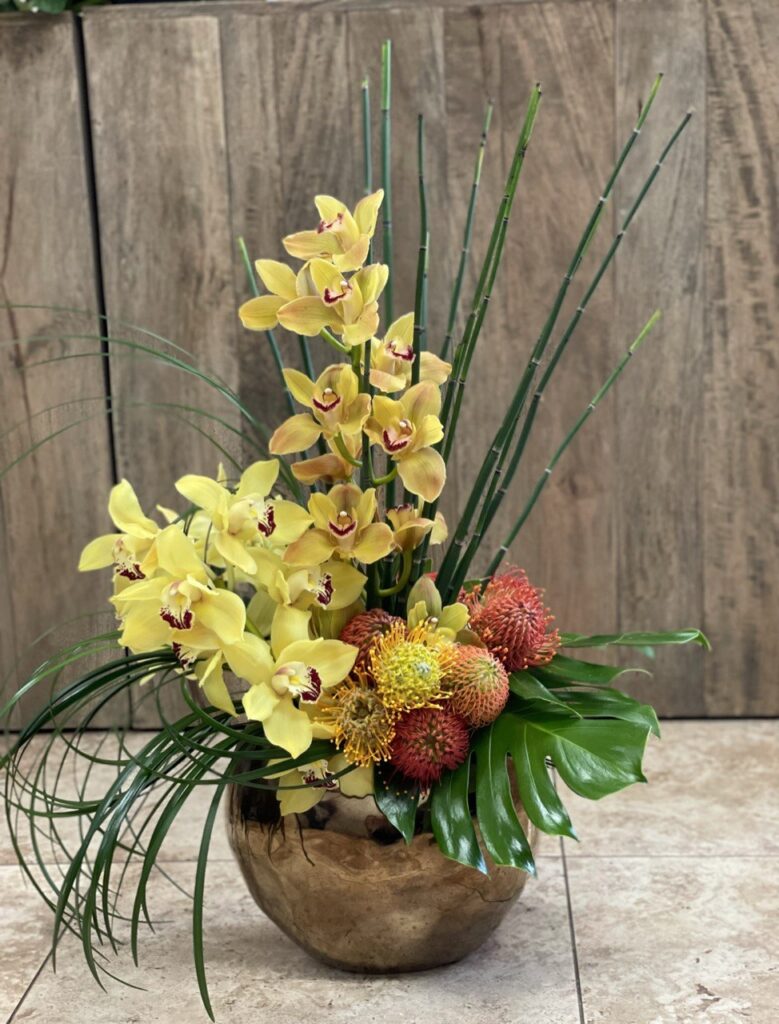Pleione orchids represent a fascinating genus within the diverse family of orchids, distinguished by their unique characteristics and cultural significance. The name ‘Pleione’ is derived from Greek mythology, referring to the mother of the Pleiades, a cluster of stars also known as the seven sisters. This connection adds an intriguing layer of cultural heritage to these delicate plants, symbolizing beauty and ethereal grace.
Originating primarily from regions in Asia, particularly the mountainous areas of China, Bhutan, and India, Pleione orchids are well adapted to their natural habitats. They are primarily terrestrial, thriving in conditions that mimic the cool, moist environments of their native regions. These orchids typically possess a distinctive pseudobulb from which the leaves and flowers emerge, further highlighting their unique morphology. The flowering period of Pleione orchids typically occurs in the spring, producing exquisite blooms that can be white, pink, or purple, often with intricate markings that add to their visual appeal.
Apart from their aesthetic charm, Pleione orchids hold horticultural significance. They are popular among orchid enthusiasts and collectors, appreciated for their compact size and stunning blossoms. These orchids not only contribute to biodiversity but also play a role in their ecosystems, serving as hosts for specific pollinators. By cultivating Pleione orchids, individuals can enjoy the beauty of these remarkable plants while also supporting conservation efforts aimed at preserving their natural habitats.
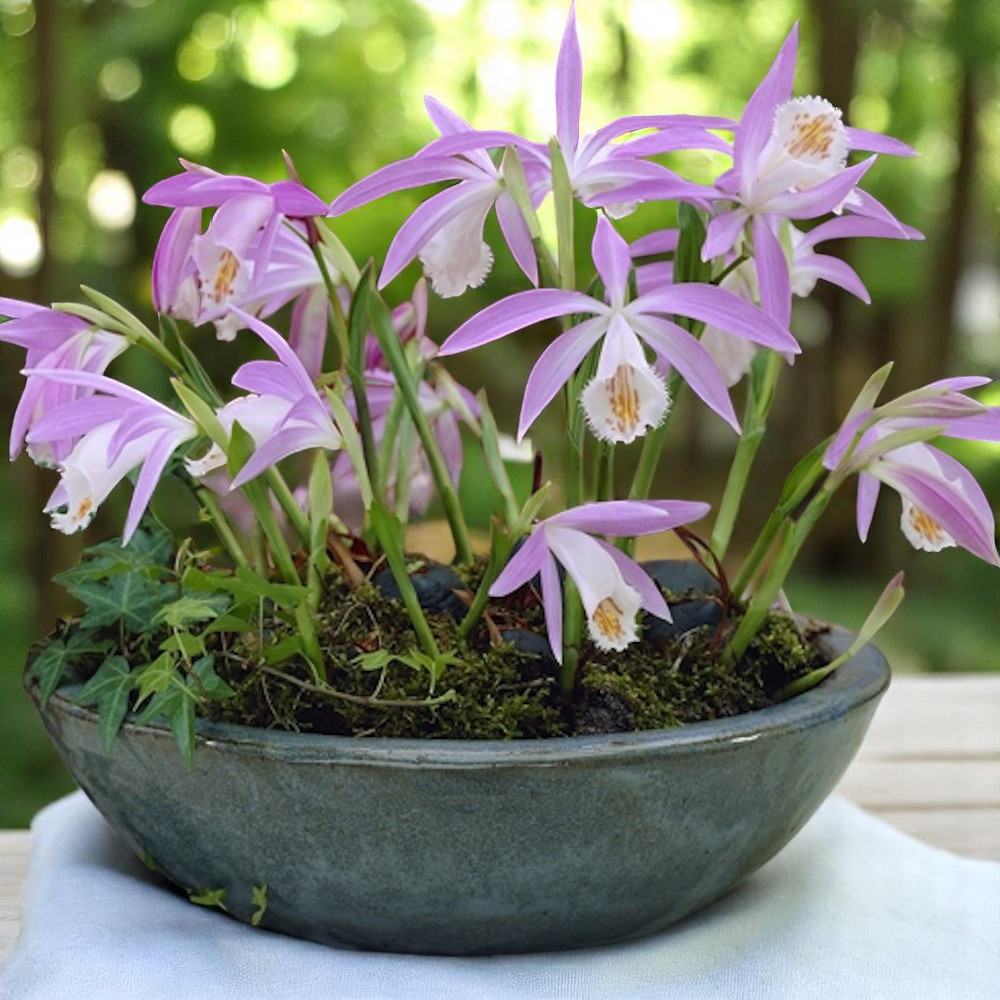
As we delve deeper into the Pleione genus, we will explore the various species and their specific care requirements, enhancing our appreciation for these enigmatic miniature orchids. Understanding Pleione orchids is essential for both enthusiasts and horticulturists alike, as it enriches our knowledge of this captivating group within the orchid family.
Habitat and Growth Conditions
Pleione orchids, often referred to as “Montane Orchids,” are primarily indigenous to the mountainous regions of Asia, where they flourish in diverse microhabitats. Their natural distribution spans countries such as China, India, Nepal, and Bhutan, indicating a strong preference for cooler climates at higher elevations. These habitats are characterized by their unique ecological conditions, which significantly influence the growth and development of Pleione species.
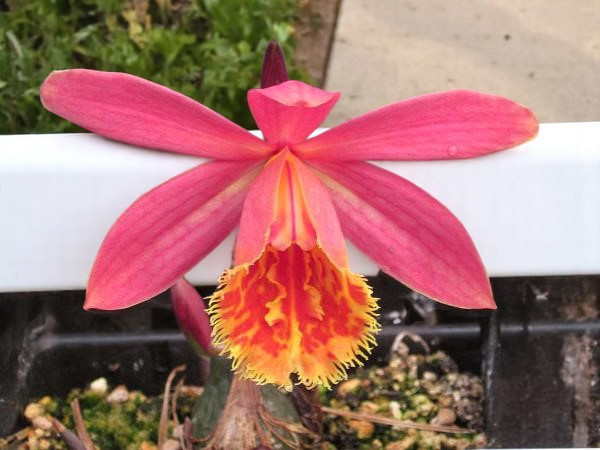
These orchids exhibit a range of growth forms, including terrestrial, epiphytic, and lithophytic varieties. Terrestrial Pleione orchids typically grow in rich, well-draining soil, often found in forested areas or grasslands where organic material is abundant. They thrive in humus-rich substrates that provide essential nutrients while retaining adequate moisture. Conversely, epiphytic Pleione specimens are usually found clinging to trees, drawing moisture and nutrients from the air and their surrounding environment, showcasing their adaptability to various growth conditions. Lithophytic Pleione species, on the other hand, grow on rocky surfaces, where they can absorb rainwater and humidity through their roots amidst crevices.
Humidity is a crucial factor for the successful cultivation of Pleione orchids. These plants typically prefer environments with humidity levels exceeding 50%, mimicking their natural mountain climates. Additionally, they require bright, indirect light to promote healthy growth and flowering, with higher elevations providing natural dappled sunlight. Temperature plays a pivotal role as well, with ideal ranges between 15-25 degrees Celsius during the growing season and cooler temperatures during the winter dormancy period.
In summary, understanding these unique habitats and growth requirements is essential for cultivating Pleione orchids successfully. By replicating their natural environments, enthusiasts can ensure the health and vibrancy of these exquisite miniature orchids within their gardens or collections.
Species Diversity and Characteristics
The Pleione genus encompasses approximately 20 species of miniature orchids, each exhibiting distinctive features that contribute to their appeal among collectors and botanical enthusiasts. These terrestrial orchids are predominantly found in the eastern Himalayas and regions of Southeast Asia, where they thrive in specific climatic and environmental conditions. Aesthetically diverse, Pleione species vary remarkably in flower morphology and color, making them highly sought after.
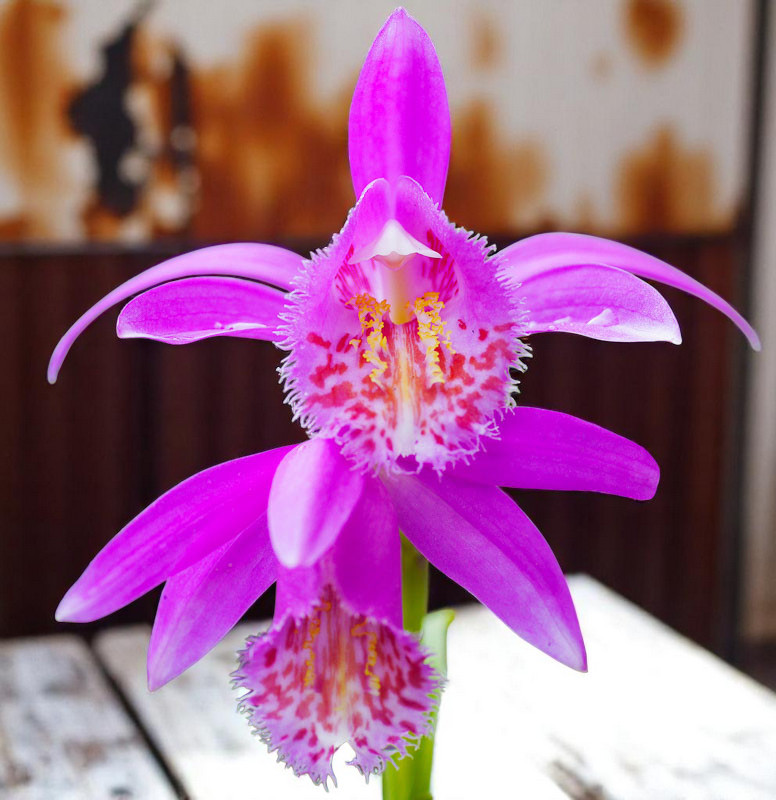
One of the most recognized species is Pleione bulbocodioides, often characterized by its striking bluish-purple flowers, which capture the eye with their intricate shape. Another notable species is Pleione grandiflora, known for its larger blooms that come in shades of white to pale lavender, offering a refreshing contrast in any collection. The flower structure often presents a unique lip shape, which adds to the attractiveness of the Pleione orchids and prompts an admiration for their detailed form.
In contrast, Pleione humilis presents a more understated beauty. With yellow to white flowers featuring delicate purple markings, this species embodies a subtle charm that appeals to those who favor softer hues. Furthermore, Pleione maculata, with its dotted flowers, flaunts a combination of colors that can include shades of pink and magenta, showcasing the potential for vibrant displays in any garden setting.
Each species within the Pleione genus exhibits specific growth habits; while some prefer to be mounted or grown in pots with adequate drainage, others may thrive in a more traditional garden bed with proper soil conditions. Their cultivation often demands careful attention to light, temperature, and watering routines, which can vary significantly between species. Thus, understanding the diverse characteristics and needs of each Pleione species is paramount for successful cultivation and appreciation of these magnificent miniature orchids.
Cultivation and Care Tips for Enthusiasts
Pleione orchids, known for their stunning beauty and striking flowers, require specific care to thrive. Understanding the essential cultivation techniques is crucial for both novice and experienced growers. One primary aspect of care involves potting. These orchids prefer well-draining mediums. A mixture of bark, perlite, and sphagnum moss works exceptionally well. This mixture ensures adequate aeration and moisture retention. When potting Pleiones, select a pot that provides enough space for growth while allowing for proper drainage.
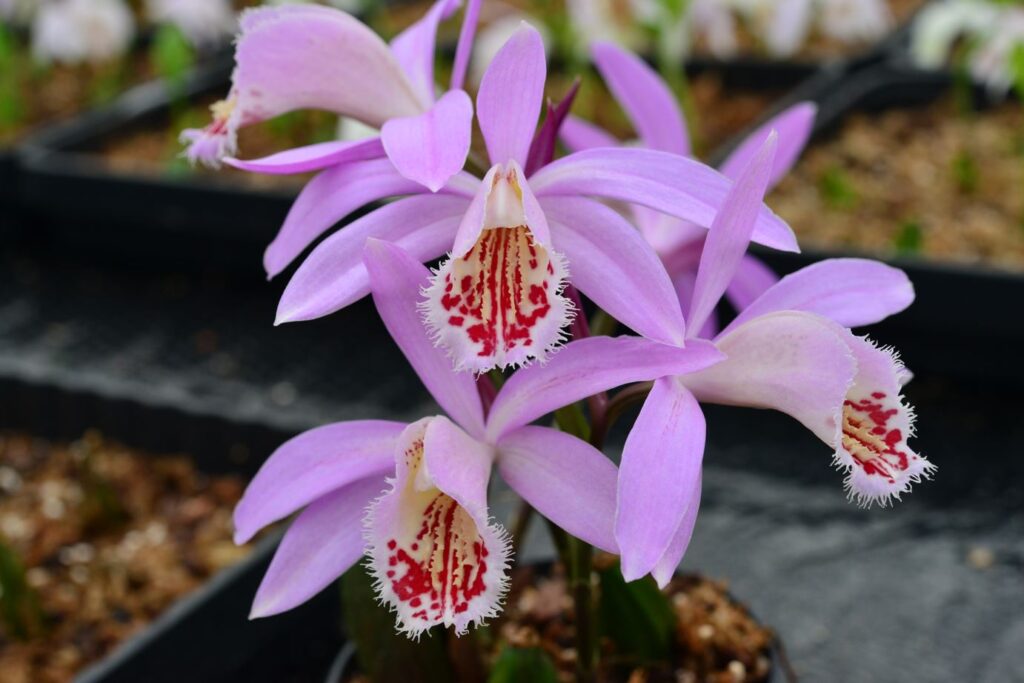
Watering is another fundamental component of Pleione care. These orchids flourish in a consistent moisture level during their active growing season, which typically spans from spring to summer. It is advisable to water your Pleione when the top inch of the medium feels dry, ensuring that excess water does not accumulate. This careful attention to watering will help prevent root rot, a common issue among orchid enthusiasts. During the dormant phase in fall and winter, reduce watering significantly to allow the plant to rest.
Fertilization is vital for the robust growth of Pleione orchids. A balanced orchid fertilizer, applied bi-weekly during the growing season, can promote healthy root and leaf development. It is essential to dilute the fertilizer to half-strength to prevent any potential fertilizer burn. Additionally, be mindful of pest management practices. Common pests like aphids and spider mites can infest these delicate plants. Regular inspections and the use of insecticidal soap can help in mitigating any pest issues while maintaining the overall health of the orchid.
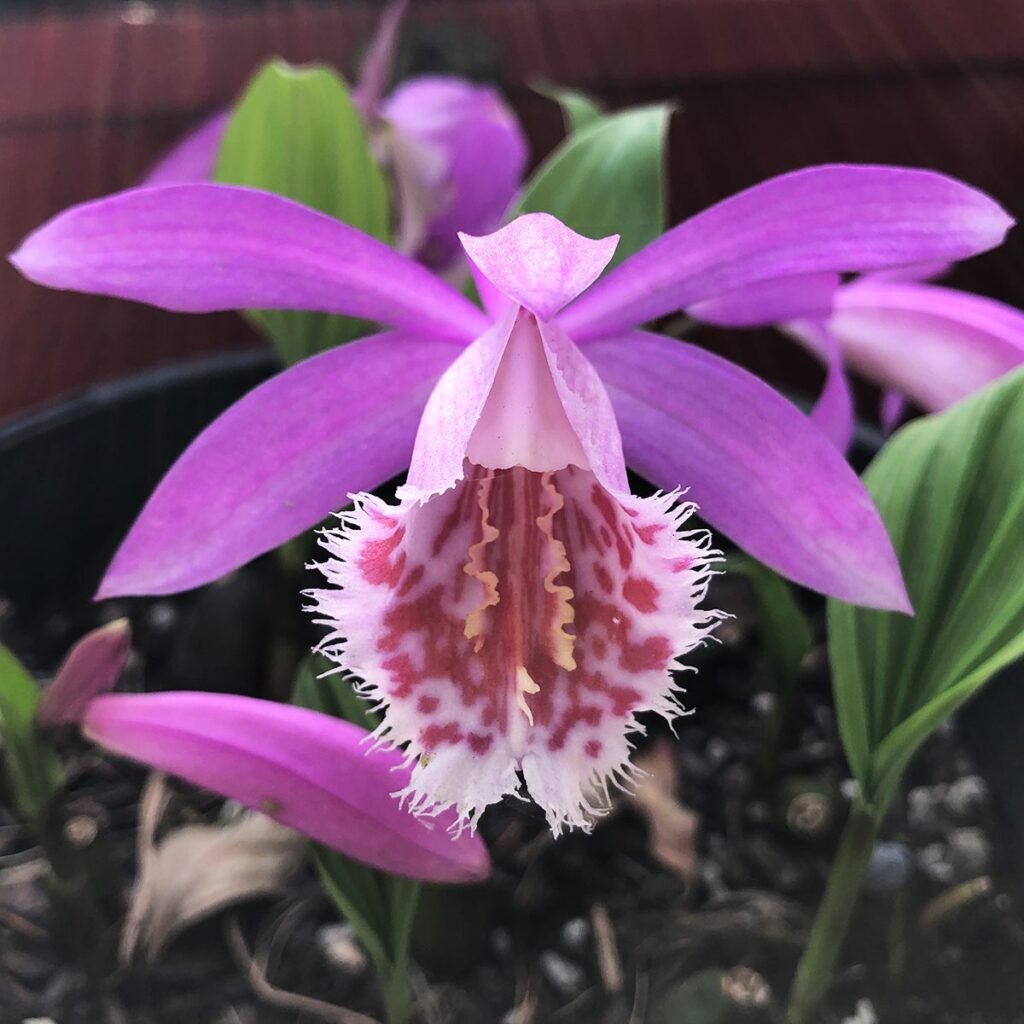
In conclusion, by following these cultivation and care tips, enthusiasts can successfully nurture Pleione orchids. With the right potting techniques, thoughtful watering schedules, appropriate fertilization, and diligent pest management, these miniature orchids can flourish in your collection.



